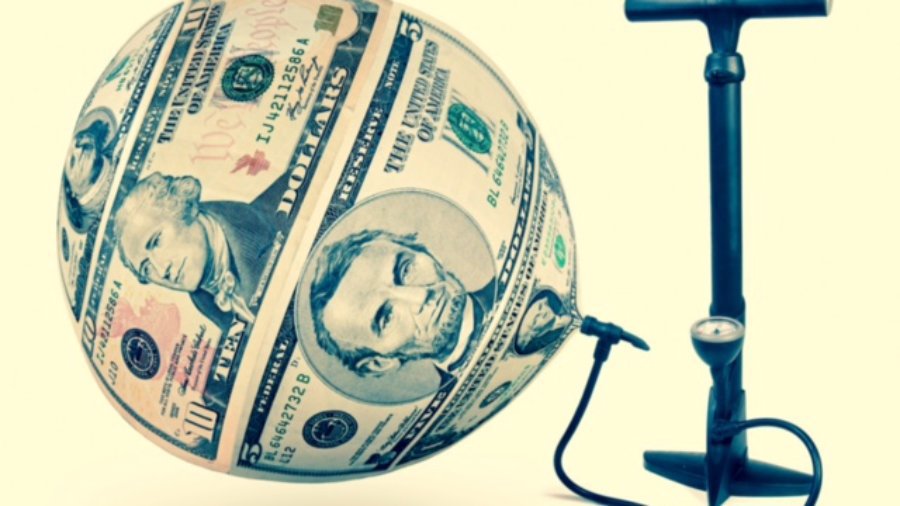Prices rise now and then. Government announces dearness allowance for its employees (because goods are getting dearer). Hence the income rises. People's buying capacity increases. Again the prices shoot up. The cycle goes on and on, called vicious cycle. The value of money goes down. One has to pay higher price for the same product. In economics, it is called "inflation" of money.
Is inflation good? Yes, to certain extent.
1. Income rise gives positive feeling to employees. Hence productivity increases.
2. We get loans and pay EMI-equated monthly installments. As the time progresses, due to inflation the value of EMI goes down. We seems to pay less money as EMI. It is a win-win situation for both the lender and the borrower. We have seen people who paid 200 rupees as EMI and in due course their property value ballooned to two crore.
3. Prices can be frozen for ever. But it is not welcome by politicians and administrators of the country. Small inflation is definitely a "feel good factor".
4. A good example is electronic-technology. Here technology has grown and also inflation has grown. Hence, highly advanced product is available at unbelievable low prices. Think of smart phones or even think of 'long distance call rate' then and now.
But hyper-inflation is dangerous. When the inflation goes out of bound, the money will not be worth the paper, it is printed on.
In India, the average inflation rate is 7.7% per year. Always try to maintain your income, above the inflation.
Growth is good. But the swelling is bad. Hence a good inflation of money should border the growth.
---------------------------------------------------------------------------------------------
